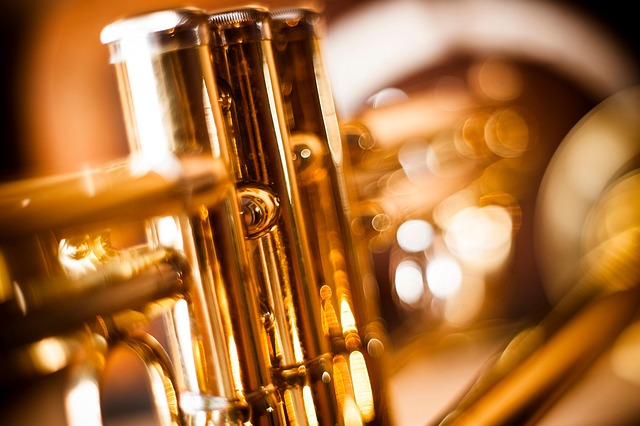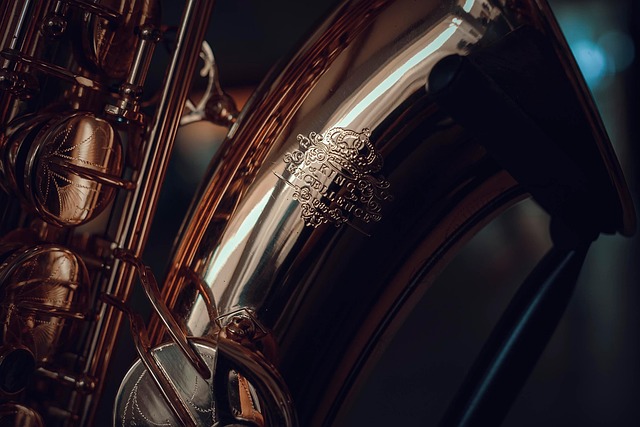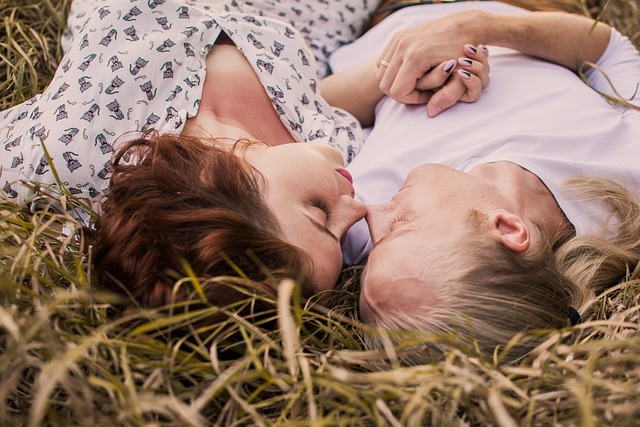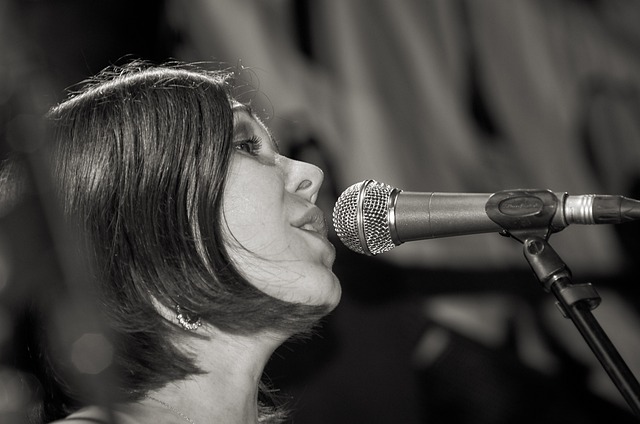Blending Rhythms: Exploring the Art of Jazz Poetry
In the vibrant tapestry of American music, few genres evoke the raw emotion and improvisational spirit as powerfully as jazz. But nestled within this dynamic sound lies another art form that mirrors its pulse—jazz poetry. As distinct from traditional poetry, jazz poetry is a celebration of rhythm, spontaneity, and the profound connection between words and music. Through its unique fusion of lyrical expression and the improvisational flair of jazz, this art form invites others to feel the beat in their hearts and engage with the world on a deeper level.
The Synergy of Sound and Word
At its core, jazz poetry embodies a synergy between the spoken word and the soulful strains of jazz music. Imagine a smoky jazz club, filled with patrons swaying to the dulcet tones of a saxophonist while a poet takes the stage. As their voice weaves through the melodies, listeners find themselves immersed in a sensory experience that transcends traditional boundaries. The rhythm of their speech mimics the beat of the drums, and the pauses reflect the poignant silence between musical notes. In this interplay, one finds not just a performance, but a profound dialogue between two art forms that share an intimate history.
The Influences and Evolution
The origins of jazz poetry can be traced back to the Harlem Renaissance, where poets like Langston Hughes infused their work with the essence of jazz. Hughes brilliantly captured the struggle, joy, and rhythm of life through words that bounced and flowed like a lively improvisation. Over the decades, poets such as Amiri Baraka and Gwendolyn Brooks continued to expand the boundaries of this genre, breathing life into the pages with their jazz-infused verse.
As the world of jazz evolved, so did jazz poetry. Contemporary poets embrace its dynamic spirit, experimenting with form and performance to reflect modern life experiences. As audiences gather at poetry slams or intimate readings, the lines between the beatniks of the past and today’s spoken word artists blur, creating an electrifying atmosphere that pulses with creativity.
Finding Your Rhythm
For those new to the world of jazz poetry, diving into its depths can be both thrilling and contemplative. As you explore this vibrant genre, give yourself permission to feel—let the rhythms of the music move you, and allow the language to speak to your soul. Engage with the works of both classic and contemporary jazz poets, seeking the pieces that resonate with your experiences and emotions. Try reading them aloud, allowing the cadence of the verses to echo the melodies they were inspired by.
Creating Your Own Jazz Poem
If you’re feeling inspired, why not try your hand at crafting a jazz poem of your own? Start with a simple rhythm; it could be as straightforward as a beat from your favorite jazz tune. Ask yourself: what feelings does this rhythm evoke? What images come to mind? Let those thoughts guide your pen, creating a landscape of words that mirror the music in your heart. As you write, remember that jazz poetry thrives on spontaneity—don’t be afraid to improvise! Allow the words to flow, and in doing so, you may discover a new direction or emotion you hadn’t initially intended.




